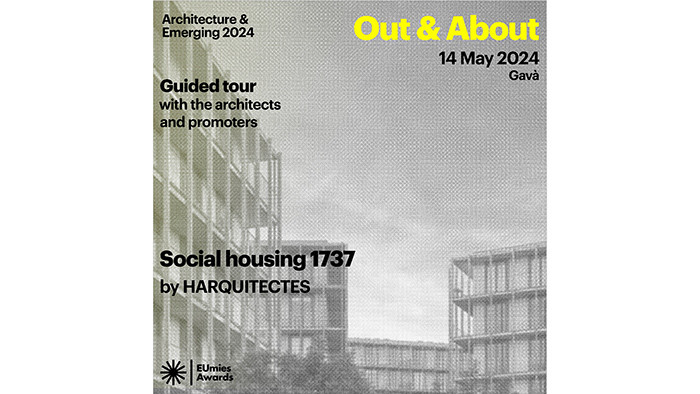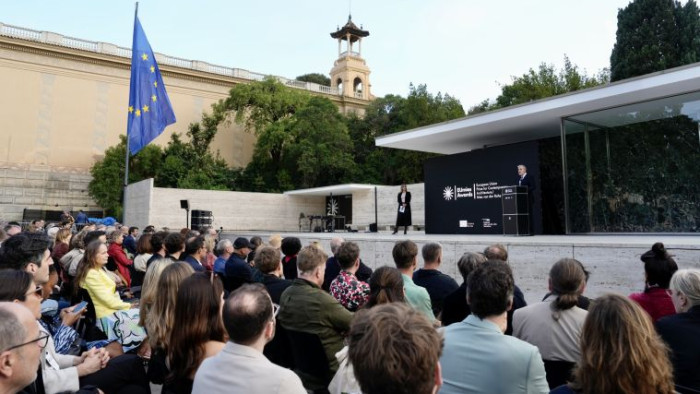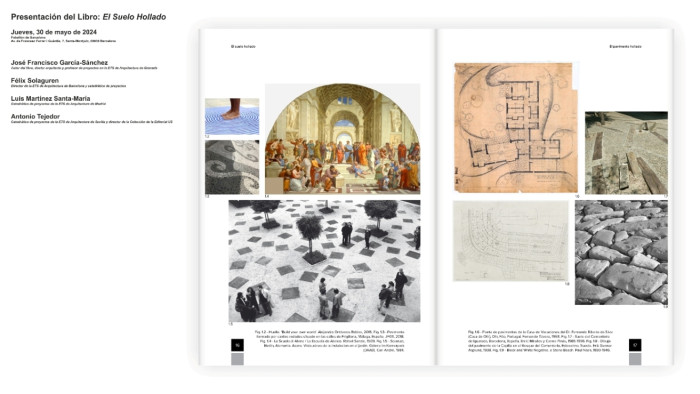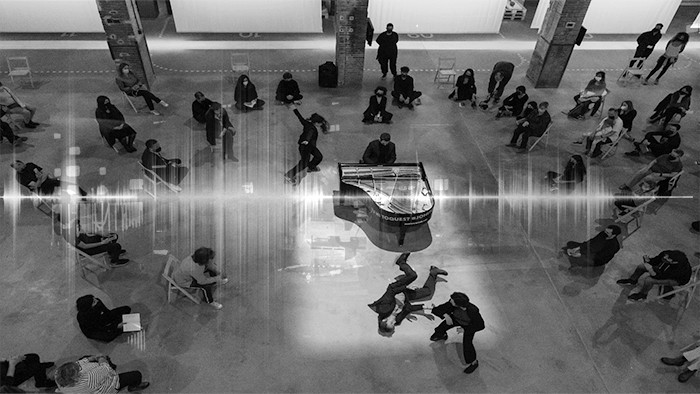The Barcelona Pavilion
District: Sants-Montjuïc
Neighborhood: el Poble-sec
The Barcelona Pavilion was designed by Ludwig Mies van der Rohe and Lilly Reich as the German Pavilion for the Barcelona International Exhibition, held on Montjuïc.
The Barcelona Pavilion, an emblematic work of the Modern Movement, has been exhaustively studied and interpreted as well as having inspired the oeuvre of several generations of architects. It was designed by Ludwig Mies van der Rohe and Lilly Reich as the German national pavilion for the 1929 Barcelona International Exhibition. Built from glass, steel and different kinds of marble, the Pavilion was conceived to accommodate the official reception presided over by Kings of Spain Alfonso XIII and Victoria Eugenia along with the German authorities.
After the closure of the Exhibition, the Pavilion was disassembled in 1930. As time went by, it became a key point of reference not only in Mies van der Rohe’s own career but also in twentieth-century architecture as a whole. Given the significance and reputation of the Pavilion, thoughts turned towards its possible reconstruction.
In 1980 Oriol Bohigas, as head of the Urban Planning Department at the Barcelona City Council, set the project in motion, designating architects Ignasi de Solà-Morales, Cristian Cirici and Fernando Ramos to research, design and supervise the reconstruction of the Pavilion.
Work began in 1983 and the new building was opened on its original site in 1986.
The materials
Glass, steel and four different kinds of stone (Roman travertine, green Alpine marble, ancient green marble from Greece and golden onyx from the Atlas Mountains) were used for the reconstruction, all of the same characteristics and provenance as the ones originally employed by Mies in 1929.
Mies van der Rohe’s originality in the use of materials lay not so much in novelty as in the ideal of modernity they expressed through the rigour of their geometry, the precision of the pieces and the clarity of their assembly.
Activities carried out there
-
Activity finished
![Habitatges Socials]()
-
Activity finished
![Lliurament Premis Mies 1 Lliurament Premis Mies]()
-
Activity finished

-
Activity finished
![Albada]()
-
Activity finished
![Presentació del llibre El Suelo Hollado]()
-
Activity finished
![Guerra-1]()






